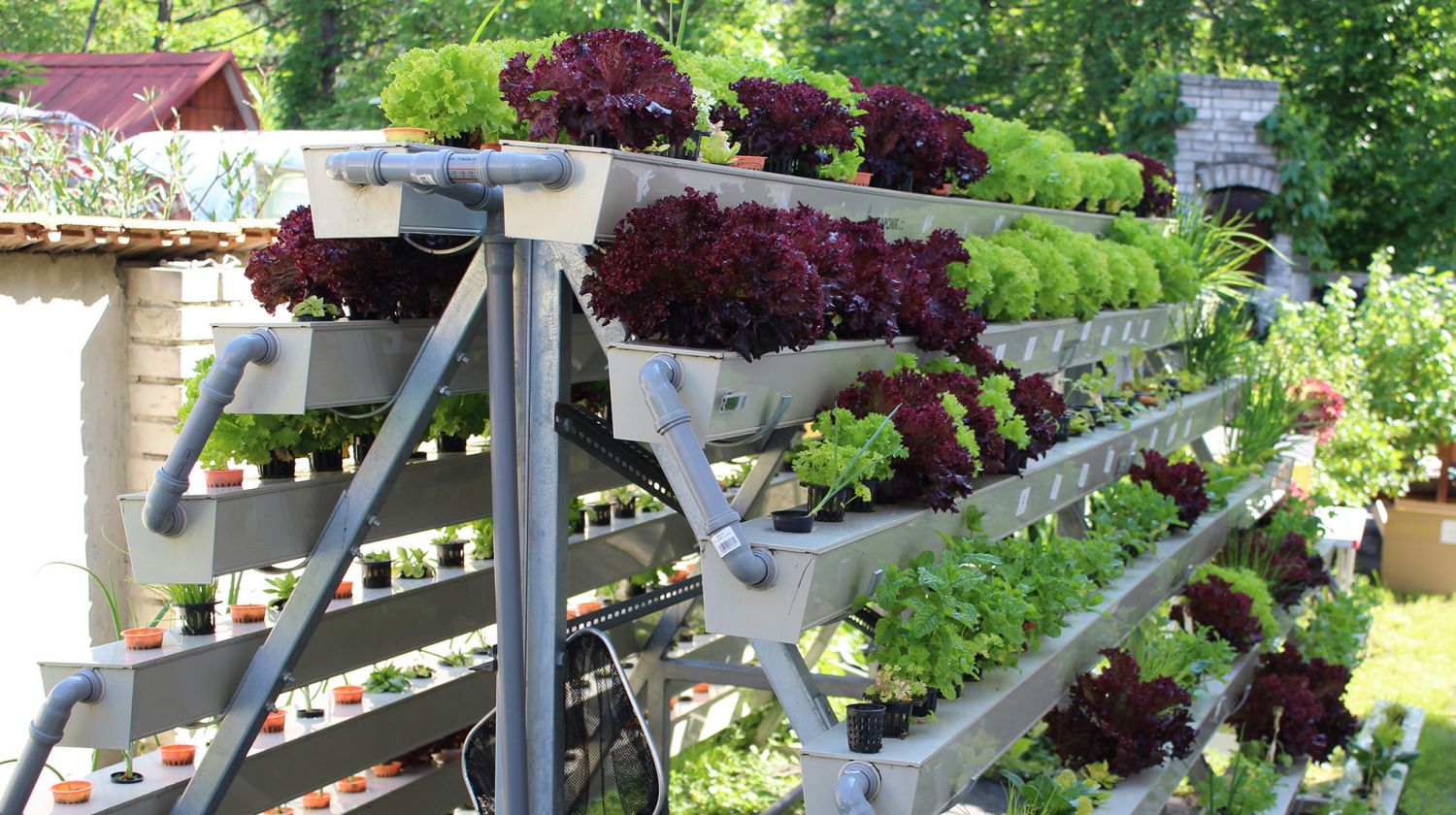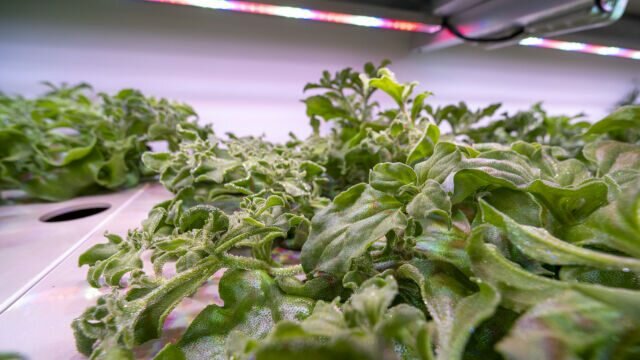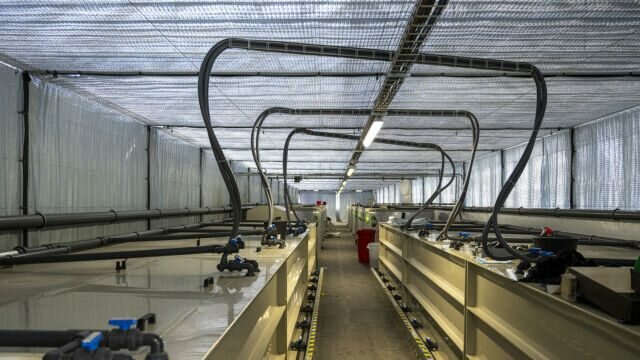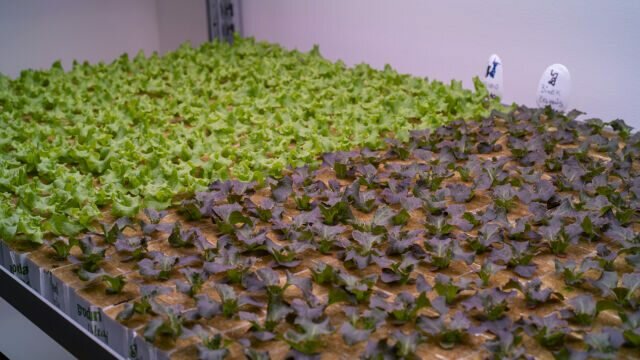How exactly does aquaponics work?
Many of you already know that the essence of aquaponics is the symbiosis of plants and fish. Although we must not forget the bacteria, which also do a great deal of work. Nitrifying bacteria are extremely important for aquaponic systems. They ensure the conversion of ammonia in the water, which is poisonous to fish, into nitrates, which the plants can then absorb.
The most common nitrates are Nitrosomonas spp. and Nitrobacter spp. In the upper right part of the picture you can see: fish produce ammonia (NH3), of which a part is ionised into an ammonium cation (NH4+).

At the bottom right and left of the scheme, point to the nitrifying bacteria in the biofilters that convert ammonia (NH3) into nitrites (NO2-) and consequently convert them into nitrates (NO3-).
The top left of the picture shows that plants are capable of absorbing nitrogen in the forms NH4+ and NO3-.
Since plants need nitrogen in large quantities and NO3- is the most preferred source, managing these systems to support beneficial nitrifying bacteria has the potential to improve system sustainability and overall crop yield.

















